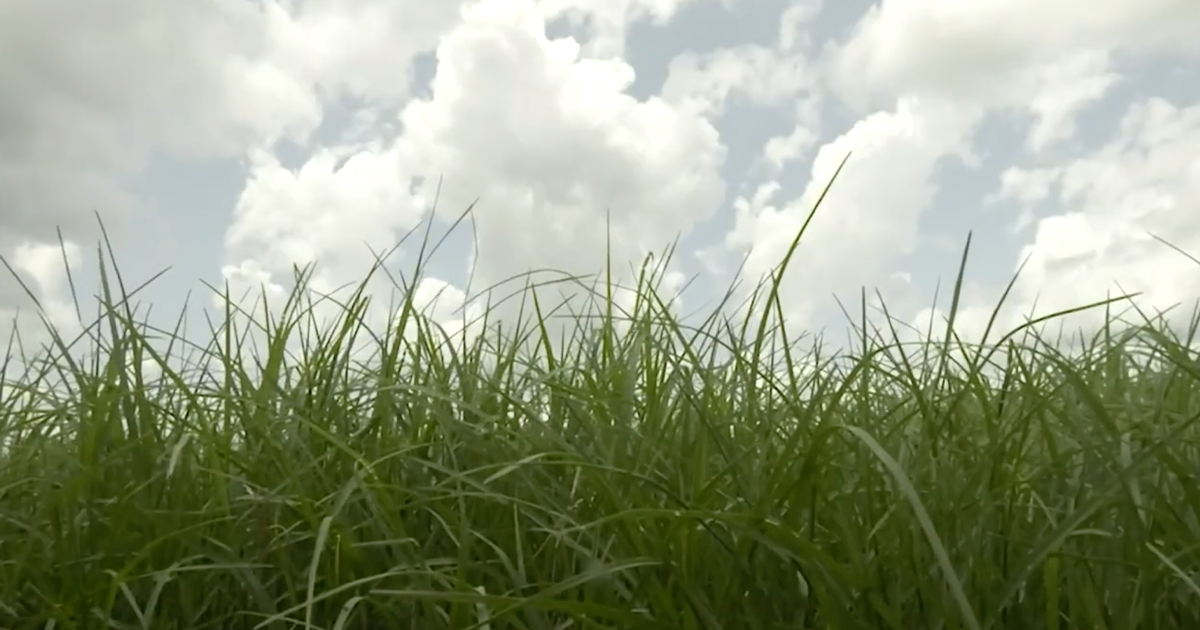Tifton, GA |
Spring has officially sprung here in Georgia which means hay fields and pastures across the state will be starting to flourish, signaling a new production year for forage producers. According to Lisa Baxter, State Forage Extension Specialist, it’s a sight many producers are excited to see after the terrible year they had in 2024.
“In short, 2024 was not the here for forages in not just Georgia, the whole southeast. We were way too wet in the spring and led to a lot of disease issues really early on that unfortunately, we don’t have chemical options for within the forage industry. Going into summer, we pivoted hard. We went way to dry for way too long for warm season perennial production. Had some easement later in the year through the tropical storms and hurricanes, but even then it was a lot of rain at one time, and then nothing for six plus weeks for a lot of areas. Those of them up at producers up in North Georgia lost a lot of stockpile potential in their fescue because that fall drought for them, where the hurricanes missed a lot of those areas, it just, it didn’t happen,” says Lisa Baxter, State Forage Specialist.
One huge and unexpected issue producers had this year was fall army worms, which were spotted in nearly every county in the state, which according to Baxter, really hurt producers’ bottom lines.
“Our insecticide costs, pastures, hay fields, every variety cultivar we have out there; it hit them all. So that was a much bigger expense going into our forages than most producers have ever had before,” says Baxter.
According to Baxter, unfortunately, due to last year’s issues, 2025 doesn’t bring much optimism, at least so far, as inputs, such as seed and fertilizer, are expected to remain high for producers.
“There are certain species and varieties that I’ve heard are going to be a little more limited on the seed side this year because of weather challenges out west, but that’s again, a wait and see kind of kind of game there. We just don’t know what the demand is for those products every year. With row crop prices being very high, I’m hearing a lot of pivots wanting to be put into forage production. So that, in my mind, is going to increase that demand beyond our typical producer base. Then on the input side, fertilizer, it’s expensive as always. I know it goes up and down, but there and we can’t cut it out, especially in a hayfield,” says Baxter.
According to Baxter, a big issue that’s followed producers into this year is the availability of hay, as stockpiles were diminished due to forage grazing either being limited or non-existent.
“There just wasn’t as much hay produced because of all of those challenges. If you had an area that you couldn’t do fall stockpile a lot of areas couldn’t get winter grazing in that put additional strain on those already limited hay reserves and coming into 2025, I’m hearing a lot of producers that have empty hay barns. They’re ready for summer to be here and it’s not here yet. So, our guidance through UGA extension would be we’ve got to manage that stocking right early, balance it with our forage availability and match our herd size accordingly,” says Baxter.
By: John Holcomb

